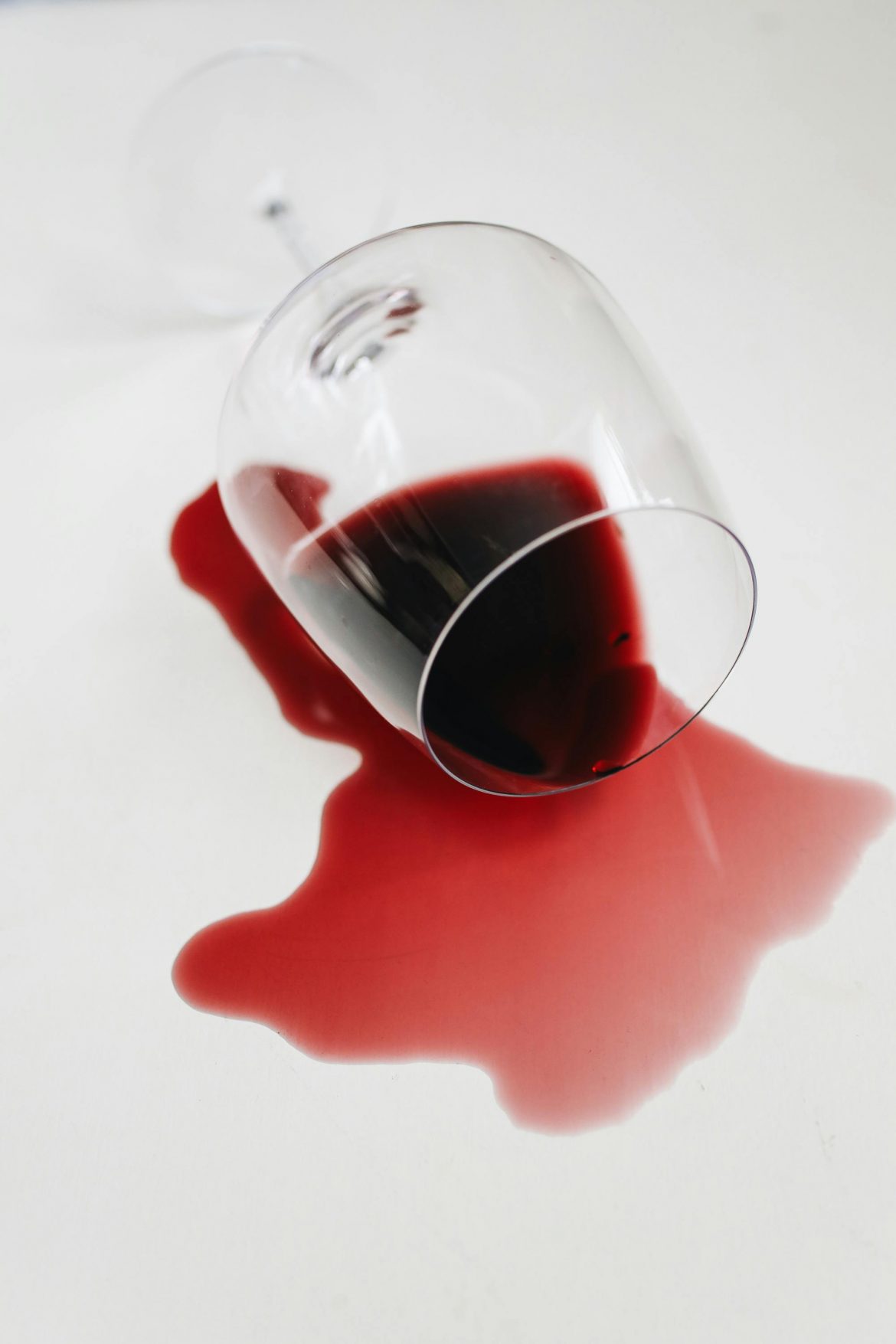If you’re wondering what to do with leftover wine, you’re not alone. Maybe it was a gifted bottle that didn’t impress, or that half-drunk one you meant to finish last week already. Either way, leftover wine can be a blessing in disguise. From flavour-boosting kitchen tips to surprising cleaning hacks, here are our wine hacks that put every last drop to work.
Clever leftover wine uses
1. Cook with it!
As a chef, I’ve always questioned that old wine rule: “If you won’t drink it, don’t cook with it“. What a waste! Whether delicious or disappointing, wine is full of flavour compounds just waiting to enhance your next dish. You just need the right balance of salt, acid, sugar, and umami; and wine often brings at least one (if not two) of those to the table.
That overly acidic bottle from your well-meaning colleague? It could be the perfect contrast for a rich braised oxtail. A spicy, umami-heavy red? Just what your lamb jus needs for a deeper flavour.
Cooking with leftover wine:
-
Merlot: Great in red meat stews and braises
-
Cabernet Blanc: Lovely with lighter meats like pork or chicken
-
Cabernet Franc & Pinot Grigio: Ideal for deglazing and making jus
2. Make marinades
Wine is a fantastic base for marinades. Its acidity and alcohol help to tenderise meats, vegetables, and plant-based proteins by breaking down its fibres. This allows the spices and aromatic flavours to seep into and throughout the food. The tannins in red wines add complexity to flavours, especially in red meats and mushrooms. Sweeter wines help caramelise the food during searing or roasting, adding even more flavour to the overall dish.
Best wines for marinades:
-
Red meats: Any red wine (spicier = better for wild meats like ostrich or venison)
-
Veggies: Reds and rosés for mushrooms and roots, whites for everything else
-
Plant-based proteins: Most wines work well with tofu, tempeh, and soya
3. DIY wine vinegar
Wine not turn that leftover bottle into home-brewed vinegar? It’s a super-easy process that will help make countless amounts of future vinaigrettes, using just two ingredients. Any wine can be used. You’ll thank yourself later when you’re whipping up vinaigrettes with extra flair.
Basic recipe
- Get your hands on some unpasteurised vinegar, AKA vinegar “mother” (which you can easily find online or dare to make yourself) and add to a clean jar.
- Pour in the leftover wine.
- Cover with a cheesecloth or muslin cloth.
- Leave for 2 to 4 weeks for the magic to happen.
- Strain, bottle and enjoy!
4. Natural degreaser
Get rid of grease stains in a jiffy with leftover wine. Sounds crazy, right? Although the idea might sound absurd, but white wine works similarly to vinegar to cut through and break down grease. Use it on stovetops, in ovens, or on a grease stain on your new jersey before washing. Add some baking powder to the mix, and you’ve got yourself a quick and handy at-home cleaning remedy.
How to:
Pour leftover white wine into a spray bottle and keep it on hand for kitchen cleanups.
5. Make jam
Wine and berries are flavour soulmates — both fruity, earthy, and occasionally spicy. Add a splash of red wine to your next batch of jam for a grown-up twist. Strawberries, blueberries, and mulberries work especially well.
Best wines for jam:
-
Dessert wines (like Port): Add richness and depth
-
Full-bodied reds (Merlot, Shiraz): Bring spice and complexity

